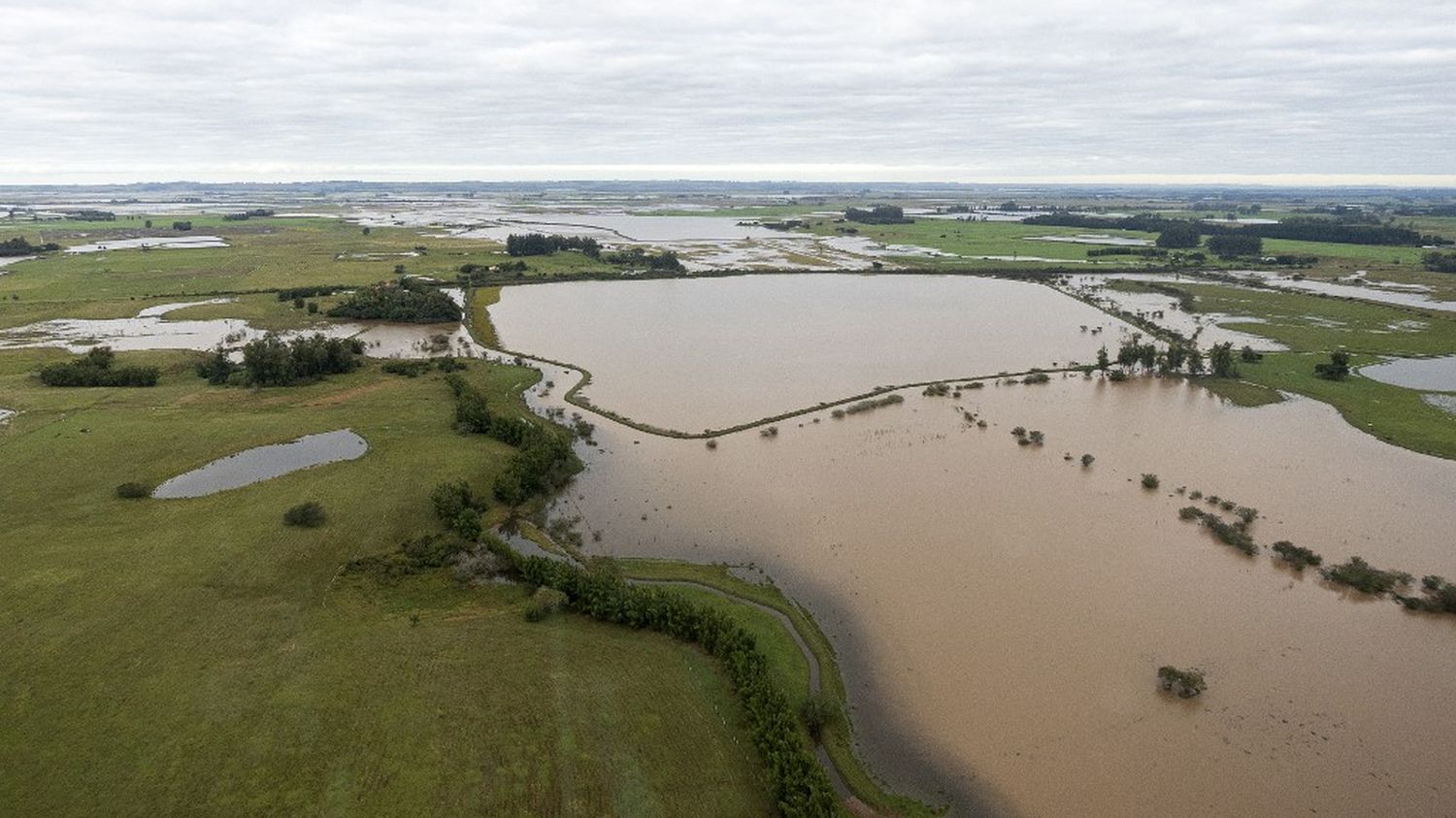These events linked to extreme precipitation caused at least 132 deaths and more than 9,000 injuries, according to Brazil’s National Natural Disaster Monitoring Center.
Published
Reading time: 2 min

This is a record directly linked to climate change. Brazil recorded for the first time, in 2023, more than 1,000 natural disasters, or more than three per day on average, according to experts. The material damage was estimated at more than five billion reais, which corresponds to approximately 925 million euros.
The National Center for Monitoring Natural Disasters (Cemaden) recorded a total of 1,161 last year, including floods and landslides, unheard of since records began in 2011. According to this public body, these events linked to extreme rainfall caused at least 132 deaths, more than 9,000 injuries, and more than 74,000 people lost their homes.
An “atypical climatically” year
“Climate change has had a direct impact on the increase in the frequency and intensity of disasters”, explained Tuesday, January 23, to AFP Francisco Eliseu Aquino, climatologist from the Federal University of Rio Grande do Sul (UFRGS). All combined according to him with the rise in power of the El Niño meteorological phenomenon, synonymous with additional global warming. “We have had an exceptional year in terms of temperature records, with heat waves, drought problems and precipitation causing flooding”added Eliseu Aquino.
This specialist cites in particular the devastating floods caused by a cyclone which left more than fifty dead in September in the south of the country. Around sixty people also died following landslides on the coast of the state of Sao Paulo in February. Other regions of the country have, on the contrary, been hit by a historic drought, notably the Amazon.
“The year 2023 was atypical in terms of climate, with a rapid transition from La Niña to El Niño (two opposite phenomena). The volumes of rain recorded were well above normal in the south and lower in the north and the North-east” of the country, noted Regina Alvala, director of Cemaden, quoted in a press release. “Climate change has also contributed: a warmer ocean produces more vapor in the atmosphere, and, therefore, intense and concentrated rain”she noted.
Since the 19th century, the Earth’s average temperature has warmed by 1.1°C. Scientists have established with certainty that this increase is due to human activities, which consume fossil fuels (coal, oil and gas). This warming, unprecedented in its speed, threatens the future of our societies and biodiversity. But solutions – renewable energies, sobriety, reduced meat consumption – exist. Discover our answers to your questions about the climate crisis.
